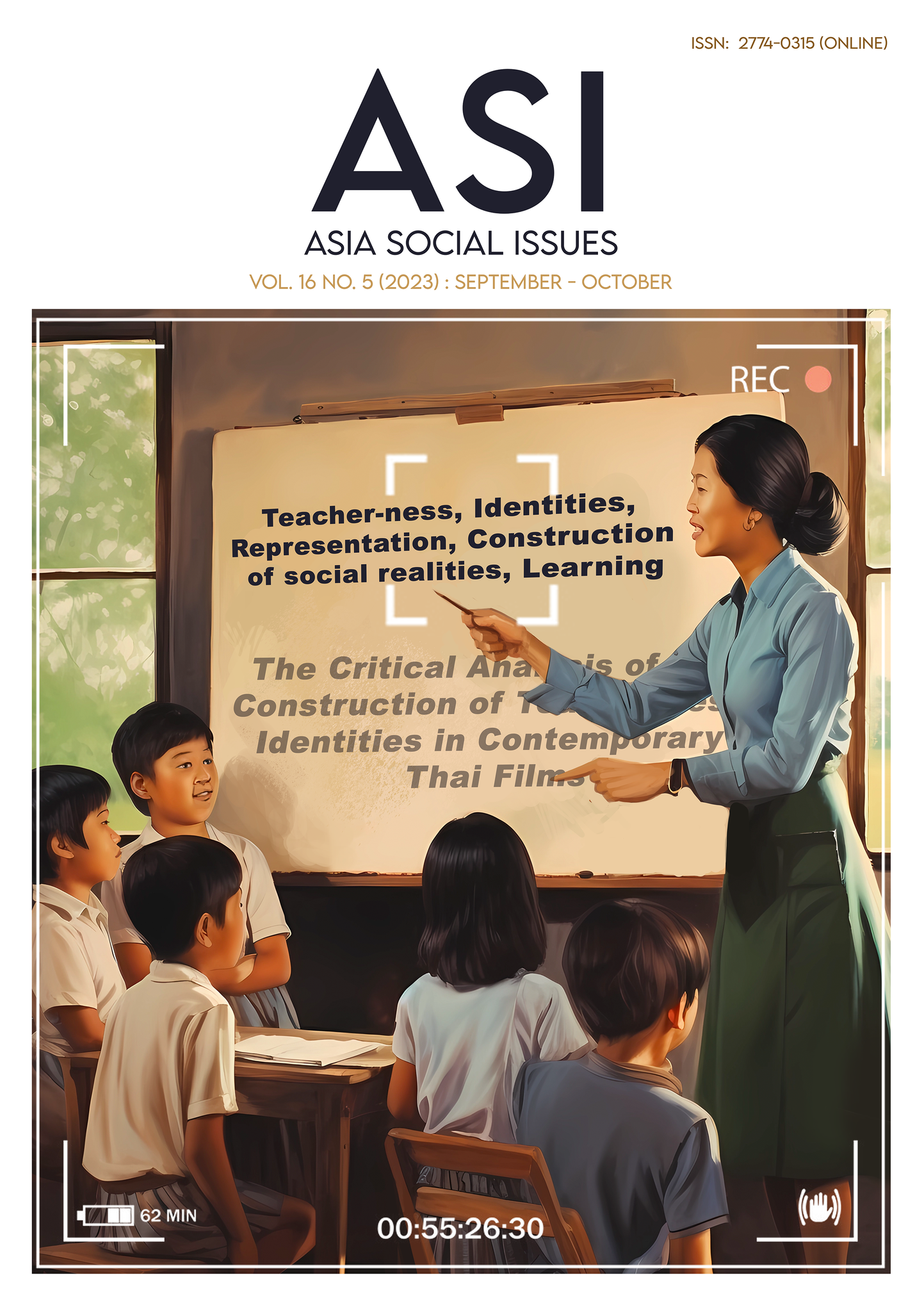The Recognition and Production of English Word Stress of Thai University Students
Main Article Content
Abstract
This study aimed to find out whether English major students who had basic knowledge of Linguistics are able to assign word stress to two-syllable, three-syllable and four-syllable English words correctly, whether there is a significant correlation between their competence in recognizing and in producing English word stress, and to determine the factors affecting word stress recognition and production. The participants were 14 second year English major students who had basic knowledge of Linguistics. The data were collected by using a word stress assignment. The participants were assigned to mark the primary stress on 45 words, and read all of them. The results revealed that over 70% of the stress placements of two-syllable, three-syllable and four-syllable English words were correct. For the stress productions, it was found that over 70% of them were correct. It can be assumed that the ability of the students to assign the primary stress to the two-syllable, three-syllable, and four-syllable words correlated with their ability to pronounce them. From the interview, it was found that the differences between English and Thai, the complexity of the syllables, and the inadequate knowledge of syllable structure might be the factors affecting students’ word stress errors.
Article Details

This work is licensed under a Creative Commons Attribution-NonCommercial-NoDerivatives 4.0 International License.
Copyright: CC BY-NC-ND 4.0
References
Bourjan, T. (2003). Problem on stress in English pronunciation of Mathayomsuksa 6 students (Master’s thesis). Mahasarakham, Thailand: Mahasarakham University.
Celce-Murcia, M., Brinton, D., & Goodwin, J. (1996).Teaching Pronunciation: A reference for teachers of English to speakers of other languages. New York: Cambridge University Press.
Dales, P., & Poms, L. (2005). English pronunciation made simple. London: Longman.
Fraser, H. (2000). Coordinating improvements in pronunciation teaching for adults learners of english as a second language. Retrieved from http://mets.une.edu.au/fraser/docs
Harmer, J. (1991). The practice of English language teaching. New York: Longman.
Hedge, T. (2000). Teaching and learning in the language classroom. New York: Oxford University Press.
Isarankura, S. (2018). The Effects of stress and tones in Thai on the pronunciation of English polysyllabic loanwords among Thai EFL students. Language Education and Acquisition Research Network Journal, 11(2), 66-83.
Jaiprasong, S., & Pongpairoj, N. . (2020). L2 Production of English word stress by L1 Thai learners. LEARN Journal: Language Education and Acquisition Research Network, 13(2), 142-157.
Jenkins, J. (2000). The phonology of English as an international language. Oxford: Oxford University Press.
Jenkins, J. (2009). The phonology of English as an international language: New models, new models, new norms, new goals. Oxford: Oxford University Press.
Jotikasathira, P. (1999). Introduction to the English language system and structure. Bangkok, Thailand: Chulalongkorn University Press.
Kanoksilapatham, B. (2010). Pronunciation in action. Nakhon Pathom, Thailand: Silapakorn University.
Khamkhien, A. (2010).Thai learners’ English pronunciation competence: Lesson learned from the stress assignment. Journal of Language Teaching and Rsearch, 1(6), 757-764.
Krajo, C. (2015). Accounting for L2 learners’ errors in word stress placement. Indonesian Journal of Applied Linguistics, 5(2), 199-208.
Ladefoged, P., & Johnson, K. (2011). A Course in phonetics. (International Edition). Wadsworth, United States: Cengage Learning.
Murphy, J. M. (1991). Oral communication in TESOL: Integrating speaking, listening, and pronunciation. TESOL Quarterly, 25(1), 51-75.
Nipa, A. (2006). An investigation of the English word stress perception and production skills of Thai 12th Grade Students. Bangkok, Thailand: Srinakharinwirot University.
Roach, P. (2009). English phonetics and phonology. A practical course. Cambridge: Cambridge University Press.
Rogerson-Revell, P. (2012). English phonology and pronunciation teaching. New York: Continuum International Publishing Group.
Sahatsathatsana, S. (2017). Pronunciation problems of Thai students learning English phonetics: A Case study at Kalasin University. Journal of Education, 11(4), 67-84.
Tuan, D. (2018). English lexical stress assignment by EFL learners: Insights from a Vietnamese context. European Journal of Education Studies, 4(11), 59-74.
Underhill, A. (1994). The teacher development series: Sound foundations living phonology. Great Britain: The Bath Press.


